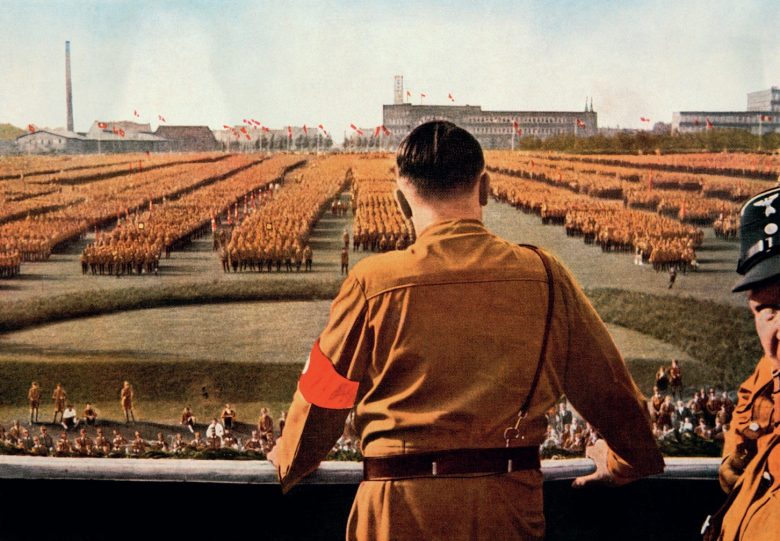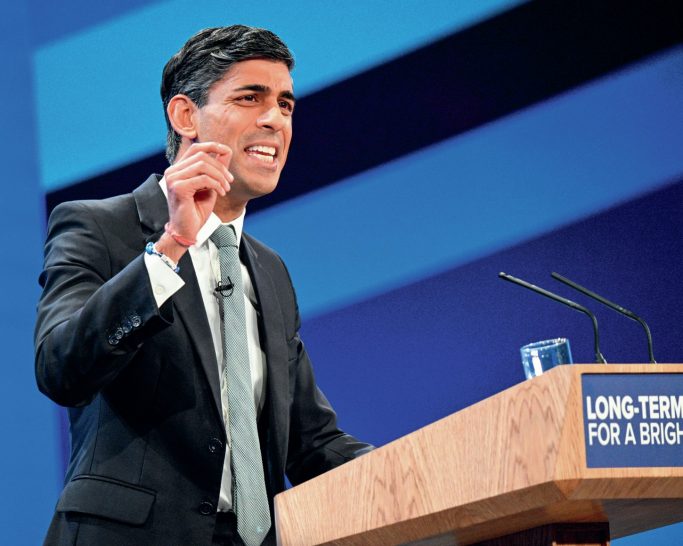
On 2 December 2010, Sir George Young, Leader of the Commons, announced that the government intended to honour its pledge to launch a new, improved e-petitions facility on the DirectGov website from 2011. The old e-petitions site, launched with great fanfare under New Labour, had stopped accepting new petitions on 6 April 2010, ahead of the general election. The coalition agreement between the Conservative Party and the Liberal Democrats had offered the prospect of something a little more meaningful than what had gone before — namely a promise that e-petitions receiving more than 100,000 e-signatures would qualify for a debate in Parliament, and that the e-petition receiving the most signatures might be drafted and introduced as a bill in the Commons.
The original e-petitions site was one of the early experiments in Web 2.0 (a term applied to websites that allow two-way interaction). Whereas the government had been using the internet to display information for some time, low turnout at the 2001 and 2005 general elections prompted the government to experiment with more interactive forms of e-democracy (see Box 1) as a way of giving citizens a more direct input into the process of establishing the political agenda.
Your organisation does not have access to this article.
Sign up today to give your students the edge they need to achieve their best grades with subject expertise
Subscribe




